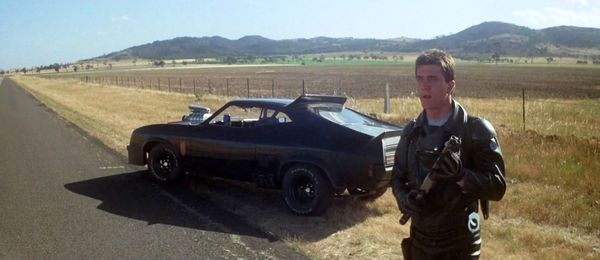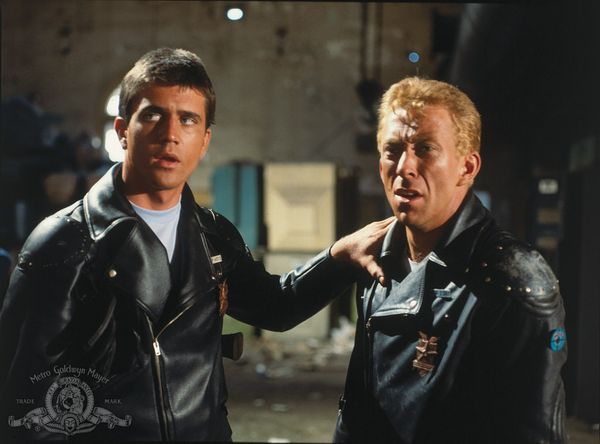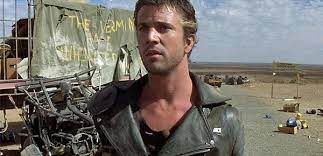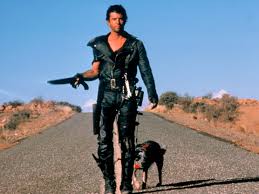Mad Max (1979)

“Mad Max”: A Pioneering Dystopian Action Film Directed by George Miller
Released in 1979, “Mad Max” is a groundbreaking dystopian action film directed by George Miller that laid the foundation for one of the most iconic franchises in cinema history. Known for its high-octane action sequences, post-apocalyptic setting, and unique visual style, “Mad Max” has become a cult classic, influencing countless filmmakers and redefining the action genre. Starring Mel Gibson in his breakout role as the titular character, the film explores themes of vengeance, loss, and the fragility of civilization.
Set in a desolate future where society has collapsed due to resource scarcity and rampant violence, “Mad Max” follows the story of Max Rockatansky (Mel Gibson), a former police officer turned vigilante. The film opens with Max patrolling the highways of a ravaged Australia, attempting to maintain order in a world increasingly dominated by lawlessness and chaos. After a brutal gang led by the sadistic Toecutter (Hugh Keays-Byrne) targets Max and his family, he embarks on a quest for revenge that spirals into a relentless cycle of violence. The film captures Max’s transformation from a man seeking justice to a hardened warrior in a world where survival is paramount.

George Miller’s direction is characterized by a gritty realism and kinetic energy that immerses viewers in the film’s chaotic universe. The cinematography, handled by David Eggby, features striking visuals of the Australian landscape, enhancing the film’s desolation and urgency. Miller’s innovative use of practical effects and stunts, particularly in the film’s thrilling car chases, sets a new standard for action filmmaking. The editing is sharp and fast-paced, creating a sense of urgency that keeps audiences on the edge of their seats.

“Mad Max” is primarily classified as an action film, but it also incorporates elements of science fiction and thriller. The film delves into significant themes such as the breakdown of society, the nature of power, and the consequences of revenge. Max’s journey serves as a commentary on the fragility of civilization and the moral dilemmas faced by individuals in desperate circumstances. This exploration of humanity’s darker instincts invites viewers to reflect on the societal structures that hold chaos at bay.

Mel Gibson delivers a compelling performance as Max Rockatansky, portraying a character who grapples with the loss of his family and the descent into a violent world. His embodiment of Max’s inner turmoil and determination adds depth to the narrative, making him a relatable anti-hero. The supporting cast, including Hugh Keays-Byrne as the menacing Toecutter and Joanne Samuel as Max’s wife, provides a strong emotional anchor for the story, heightening the stakes of Max’s quest for vengeance.

Upon its release, “Mad Max” received critical acclaim for its innovative approach to the action genre and its engaging storyline. Although it was produced on a modest budget, the film’s success at the box office led to a series of sequels, solidifying its place in cinematic history. Its influence can be seen in numerous films and television shows, as well as in the resurgence of interest in post-apocalyptic narratives.

In conclusion, “Mad Max” is a seminal film that redefined the action genre and introduced audiences to a dystopian world filled with chaos and moral ambiguity. Directed by George Miller, the film combines thrilling action with a poignant exploration of loss and vengeance. With strong performances, innovative cinematography, and a gripping narrative, “Mad Max” remains a landmark achievement in cinema, continuing to resonate with audiences and inspire filmmakers around the world. Its legacy endures, reminding viewers of the thin veneer of civilization and the primal instincts that lie beneath.











